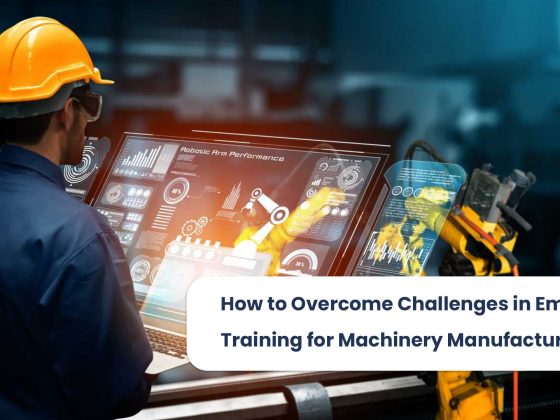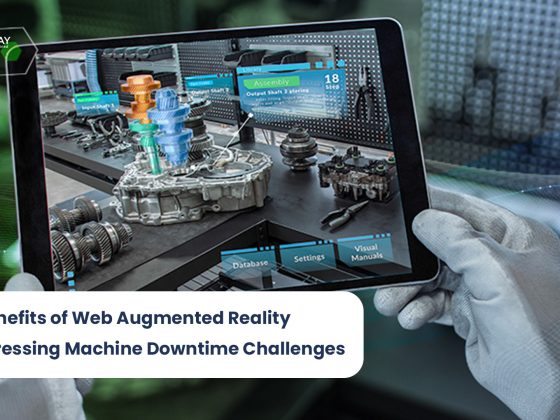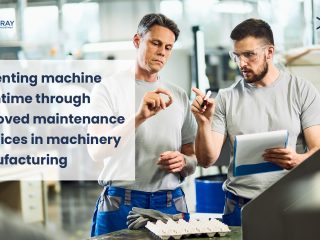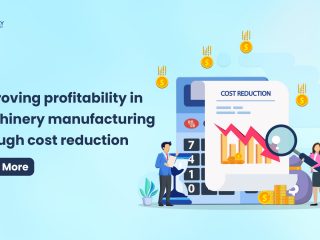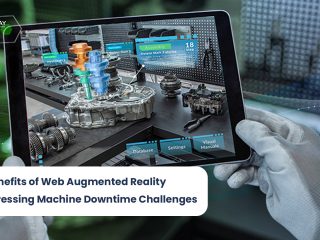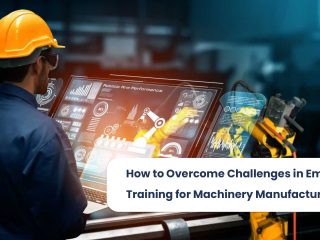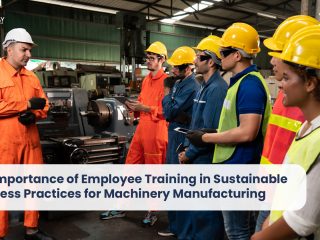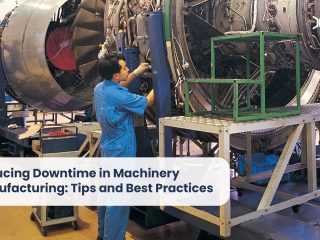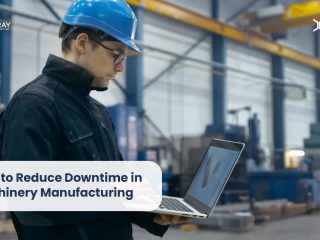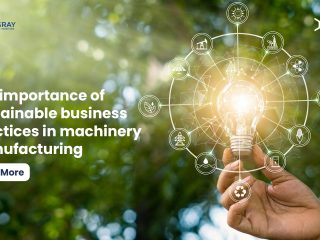In the machinery industry, buying and selecting the right equipment can be a complex and challenging process. Customers often face difficulties in understanding the specifications, visualizing the machinery in their specific environment, and assessing its suitability for their needs.
However, the emergence of web augmented reality (WebAR) has revolutionized the way customers interact with machinery before making a purchase decision. In this blog, we will explore the role of WebAR in addressing complex buying processes for machinery, highlighting its benefits and providing real-life examples.
Interactive Product Visualization:
One of the key challenges in the machinery buying process is visualizing the equipment in the customer’s environment. WebAR enables customers to view and interact with 3D models of machinery directly through their web browsers. By simply accessing a website or scanning a QR code, customers can place virtual models of machinery in their real-world surroundings.
They can walk around the equipment, explore its features, and assess its size and fit within their space. This interactive visualization enhances the customer’s understanding of the product and facilitates more informed buying decisions.
Example: Volvo Construction Equipment has implemented WebAR on their website, allowing customers to experience their machinery virtually. Customers can view and interact with 3D models of excavators, loaders, and other equipment in real-time, gaining a better understanding of the machinery’s size, functionality, and suitability for their specific needs.
Detailed Product Information:
Machinery buyers often require detailed specifications and technical information to make informed decisions. WebAR can provide interactive overlays and annotations on virtual machinery models, offering customers comprehensive product details.
Users can click on specific parts or components of the equipment to access detailed information such as technical specifications, performance metrics, and maintenance requirements. This immersive experience empowers customers to evaluate machinery features and compare different models more effectively.
Example: Caterpillar, a leading manufacturer of construction and mining equipment, utilizes WebAR to enhance product information accessibility. Customers can explore detailed specifications, view animations of equipment functionalities, and access maintenance guides directly from the virtual 3D models displayed on the company’s website.
Customization and Configuration:
Machinery often requires customization and configuration to meet specific customer requirements. WebAR allows customers to digitally configure the machinery according to their needs, making the buying process more efficient and tailored.
Users can interact with virtual controls, switches, and settings to adjust parameters such as size, capacity, or additional features. This customization capability empowers customers to visualize the equipment exactly as they desire, reducing uncertainties and potential mismatches during the purchasing process.
Example: Haas Automation, a manufacturer of machine tools, utilizes WebAR to enable customers to configure their machinery. Customers can customize elements such as tooling options, workholding fixtures, and control system specifications in real-time, visualizing the final product configuration before placing an order.
Virtual Demonstrations and Simulations:
WebAR enables machinery manufacturers to provide virtual demonstrations and simulations to prospective customers. By accessing the manufacturer’s website or a dedicated WebAR platform, users can experience interactive demos showcasing the equipment’s capabilities.
Virtual simulations can replicate real-world scenarios, allowing customers to observe how the machinery performs under specific conditions. This virtual experience enhances the understanding of the equipment’s functionality, performance, and potential benefits, supporting the decision-making process.
Example: Bobcat, a manufacturer of compact equipment, offers WebAR demonstrations on their website. Customers can experience the equipment in action, such as operating a virtual skid-steer loader and witnessing its maneuverability, bucket capacity, and attachment capabilities.
Remote Assistance and Support:
WebAR can facilitate remote assistance and support during the machinery buying process. Customers can connect with sales representatives or technical experts through live video calls or augmented reality chat interfaces. Using WebAR, experts can guide customers through virtual tours of the machinery, explain features, and address any questions or concerns.
This remote support capability enhances the customer experience, enabling personalized interactions without the need for physical visits or on-site demonstrations.
Example: Komatsu, a global manufacturer of construction and mining equipment, utilizes WebAR to provide remote assistance to customers. Sales representatives can connect with customers using augmented reality interfaces, guiding them through virtual equipment tours, and providing real-time explanations and support.
Here are the steps for complex buying processes for machinery using XR:
- Define your needs: What are you looking for in a new piece of machinery? What are your specific requirements? Once you know what you need, you can start to narrow down your options.
- Research different manufacturers: There are many different manufacturers of machinery out there. Do some research to find out which ones have a good reputation and offer the features you’re looking for.
- Get quotes from multiple vendors: Once you’ve identified a few potential vendors, get quotes from each one. This will help you compare prices and features so you can make an informed decision.
- Consider the total cost of ownership: When you’re buying machinery, it’s important to consider the total cost of ownership, not just the purchase price. This includes factors such as maintenance, repairs, and energy costs.
- Read reviews: Before you make a decision, read reviews of the machinery you’re considering. This can help you get a sense of what other people have experienced with it.
- Talk to other users: If you know anyone who uses the type of machinery you’re considering, talk to them about their experience. They can give you valuable insights that you might not find anywhere else.
- Make a decision: Once you’ve considered all of the factors, it’s time to make a decision. Choose the piece of machinery that best meets your needs and budget.
Here are some additional tips for complex buying processes for machinery using XR:
- Use XR to visualize the machinery in your space:This can help you to see how the machinery will fit into your workflow and whether it will meet your needs.
- Use XR to simulate the operation of the machinery: This can help you to get a feel for how the machinery works and whether it is easy to use.
- Use XR to train your employees on how to use the machinery: This can help to ensure that your employees are able to use the machinery safely and effectively.
Conclusion:
The complex buying processes associated with machinery can be addressed effectively through the implementation of WebAR technology. By leveraging interactive product visualization, detailed information overlays, customization capabilities, virtual demonstrations, and remote assistance, WebAR enhances the customer’s understanding and confidence in their purchasing decisions.
Real-life examples from Volvo Construction Equipment, Caterpillar, Haas Automation, Bobcat, and Komatsu highlight the practical applications and benefits of WebAR in machinery buying processes. As the machinery industry embraces WebAR, customers can make more informed choices, reduce uncertainties, and confidently invest in equipment that aligns with their specific requirements.

